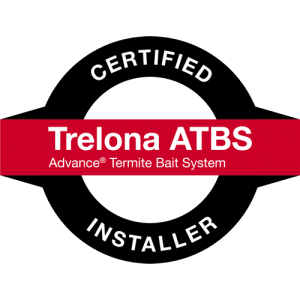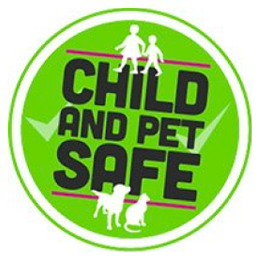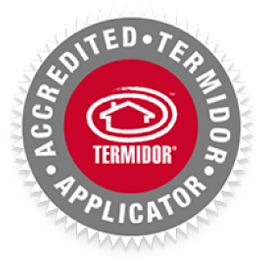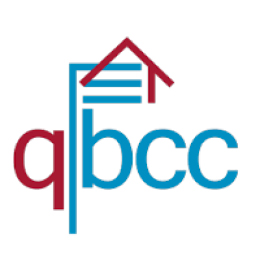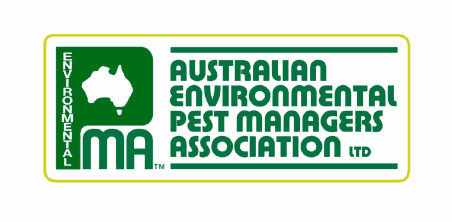Termites Virginia, Brisbane Northside, Queensland
Conquer Termites Northside have been around since 2006 offering professional termite focused services to Virginia. With 8 local technicians we are regularly in Virginia. Each of our technicians is expert trained, are family men and women with the latest termite detection equipment and hand picked for trust. With 200+ 5 star reviews and counting, Conquer Termites Northside have proven time and time again that we go above and beyond. In addition, our services are guaranteed*.
Have your questions answered by calling 07 3356 8801 or fill in the enquiry form.
Virginia termites services include:
Virginia termite inspections
Termite barriers Virginia
Virginia termite eradication
Pre-purchase inspections in Virginia
Virginia pre-construction termite treatments for renovations and extensions in accordance with the AS
Not sure of the difference between white ants and termites? White ants and termites are the same pest.
For all your termite and pest problems call Conquer Termites Northside during office hours on (07) 3356 8801.
Virginia Termite Treatments
Street Date Treated
Walter St Virginia 2017
Raleigh Rd Virginia 2016
Saltash St Virginia 2016
Goss Rd Virginia 2016
Goss Road Virginia 2015
Royal St Virginia 2015
Virginia Termites Inspections Data
Metric Rating (1 Low - 10 High)
Forestry index 2 - some forestry and parks can be found in the a
Water index 9 - swampy area
Paperbark index 1
Gumtree index 6
Density 1
Developed 1955 - 1975
Did you know this about Virginia?
Originally an area consisting of land farms and swamp. Named after The Virginia Brick Company in 1897.
